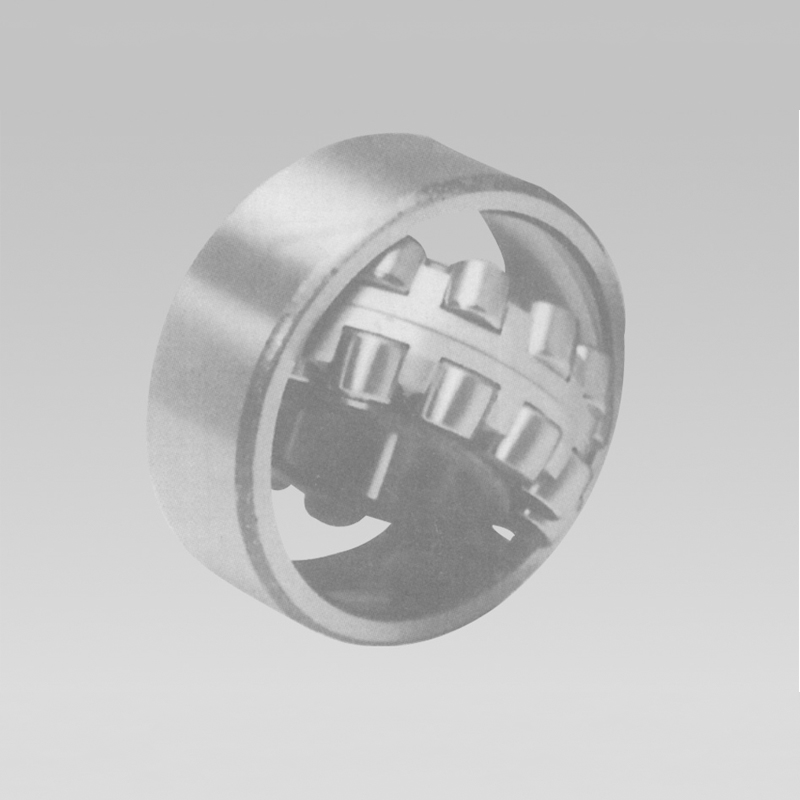
Nov . 19, 2024 15:03 Back to list
taper roller thrust bearing
Understanding Taper Roller Thrust Bearings
Taper roller thrust bearings are an essential component in the realm of mechanical engineering, particularly in applications involving heavy loads and high-speed rotations. Specifically designed to handle axial loads, these bearings play a critical role in ensuring the smooth operation of various machinery, ranging from automotive applications to industrial equipment.
Design and Structure
The key feature of taper roller thrust bearings is their unique design, which incorporates tapered rollers positioned between two raceways. The rollers are designed to transmit the axial load while also providing radial support. Unlike traditional ball bearings, taper roller thrust bearings have an inclined angle, which allows them to accommodate higher loads and improve stability under varying operating conditions.
Typically, these bearings consist of three main components the inner ring, the outer ring, and the tapered rollers. The inner ring has a tapered surface, allowing the rollers to sit snugly within the confines of the outer ring’s corresponding groove. This geometry facilitates smooth rotation while dramatically improving the bearing’s load-carrying capacity.
Advantages of Taper Roller Thrust Bearings
One of the primary advantages of taper roller thrust bearings is their ability to manage both axial and radial loads effectively. This dual functionality makes them an ideal choice in applications where direction and magnitude of loads can change frequently. Furthermore, their tapered design allows them to handle larger loads compared to standard thrust bearings.
Another significant benefit is their enhanced durability. The materials used to manufacture these bearings, often high-carbon chromium steel or other specialized metals, ensure they are resistant to wear and can withstand harsh operating environments. Properly lubricated and maintained taper roller thrust bearings can offer extended service life, reducing the frequency of replacements and maintenance costs.
taper roller thrust bearing

Applications
Taper roller thrust bearings are widely used across various industries. In automotive engineering, they are commonly found in the wheel hubs of vehicles, where they are subjected to high axial loads during operation. They also find applications in heavy-duty machinery, such as construction equipment and mining machinery, where robustness and high load capacity are paramount.
Moreover, these bearings are essential in marine applications, such as in propeller shafts, where they support axial forces generated during operation. In the aerospace industry, taper roller thrust bearings are used in jet engines and other high-performance applications, thanks to their ability to function effectively in extreme conditions.
Maintenance and Care
To ensure the longevity and efficiency of taper roller thrust bearings, regular maintenance is crucial. Lubrication is one of the most important aspects, as it reduces friction and prevents wear. It’s advisable to use high-quality grease or oil suitable for the specific operating conditions of the application. Additionally, inspecting for signs of wear or damage at regular intervals can help prevent failures and ensure optimal performance.
Conclusion
In conclusion, taper roller thrust bearings are a vital component in many mechanical systems, valued for their ability to handle heavy loads and provide smooth operation. Their unique tapered design, durability, and versatility make them an excellent choice for various applications, from automotive sectors to industrial machinery. Understanding their function, advantages, and maintenance requirements can enhance performance and longevity, making them a fundamental aspect of modern engineering design. Whether in high-speed machinery or heavy-duty applications, taper roller thrust bearings remain indispensable for efficient and reliable operations.
Latest news
-
Grooved Ball Bearing Design and Functionality
NewsJun.04,2025
-
Concrete Mixer Bearing Load Capacity Testing
NewsJun.04,2025
-
6004 Bearing Dimensions in Robotic Joint Designs
NewsJun.04,2025
-
Advantages of Single-Row Deep Groove Ball Bearings
NewsJun.04,2025
-
Applications of Deep Groove Ball Bearings in Automotive Systems
NewsJun.04,2025
-
Innovations in Bearing Pressing Machine Design
NewsJun.04,2025
